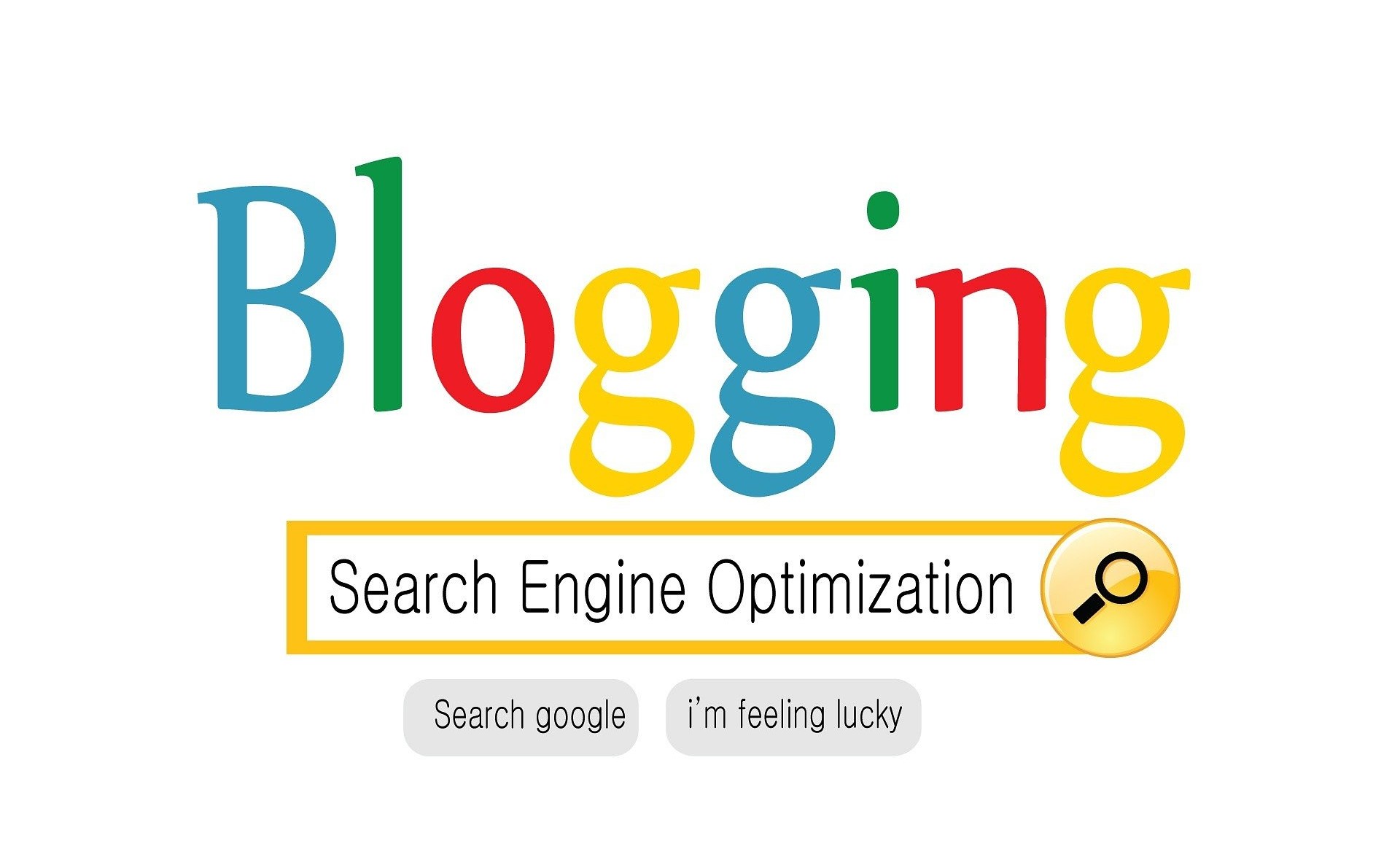
How to Start a Blog in 2025 (Beginner-Friendly Guide)
You want to start a blog in 2025? Great choice. Blogging still works. You can share your ideas. You can help people. And you can make money. This guide will walk you step by step. It is written in simple words. Short sentences. Easy examples. No tech jargon. By the end you will know how to set up a WordPress blog, pick hosting, choose themes and plugins, write posts that rank, and start earning. I also add placeholders for affiliate links you can swap in later.
Keywords to keep in mind: start a blog 2025, WordPress blog setup, and beginner blogging guide. Use them in your title, intro, and some headings.
Quick overview; what you will learn
Final checklist and next steps.
Why pick WordPress?
How to choose hosting.
How to install WordPress.
Choosing a theme and page builder.
Plugins you really need.
How to write blog posts that rank.
Basic SEO steps.
How to grow traffic.
Ways to make money from your blog.
Why WordPress in 2025?

WordPress powers a lot of the web. It is flexible. It is free to use. It works with many themes and plugins. In 2025 WordPress continues to get updates and new features. Using WordPress gives you control. You own your site and your content. If you want to start a blog that can grow, WordPress is the safe pick.
WordPress had continued releases in 2025 (the release archive shows current updates and maintenance releases). WordPress.org
Step 1: Pick a domain name and blog idea(niche)
A niche is the main topic you will write about. Good niches solve a problem or teach something. Examples:
- Healthy recipes for busy people.
- Simple personal finance tips.
- Beginner WordPress tutorials.
- Quick home workouts.
Pick one clear topic first. You can add more later. But starting focused makes growth easier.
Pick a name and domain
Your domain is your blog address (example: ). Keep it:
- Short and easy to spell.
- Memorable.
- Related to your niche.
If your chosen name is taken, add a small word: “get,” “the,” or “home.” Use a .com if possible. But .com is not required.
Buy the domain
You can buy a domain from many places: Namecheap, Hostinger, GoDaddy, and Google Domains or other hosting platforms, which also give free 1-year domains when you pay for hosting. Domains cost about $10–$20 per year. You can buy it at the same time you buy hosting or separately.
Step 2 – Choose web hosting (where your blog lives)
Hosting is the service that stores your website files. Pick a host that is fast, safe, and has good support.
There are three common hosting types:
- Shared hosting: Cheap. Good for beginners. Slower when traffic spikes.
- Managed WordPress hosting: Faster and safer. More expensive. The host manages updates, backups, and performance.
- Cloud or VPS hosting: Powerful and scalable. For advanced users.
In 2025 many top hosts offer WordPress-specific plans and tools that make setup easy. Some managed hosts and big players remain common choices because they offer faster performance and helpful tools. Tech reviews still list managed WordPress hosts like WP Engine as top picks for people who want the hosting to handle more technical tasks for them.
Beginner recommendation
If you are new, start with an affordable managed or shared host that offers one-click WordPress installation. Examples of good beginner hosts include Hostinger, Bluehost, and Namecheap’s WordPress plans. If you expect fast growth or want hands-off management, consider WP Engine, Kinsta, or a similar managed host later.
Affiliate placeholder for hosting:[AFFILIATE_HOSTING_LINK]
Step 3– How to set up hosting and install WordPress
Most hosts have easy steps. Here is the flow you will follow.
1. Sign up for a hosting plan
- Choose a plan that allows at least one site.
- Buy a domain if you did not already buy one.
2. Point domain to host (if domain separate)
- Your host will give you nameservers.
- Go to your domain registrar and paste the nameservers.
- Wait up to 24 hours (often much faster).
3. One-click WordPress install
- In your host dashboard, find “Install WordPress.”
- Click it and follow simple prompts.
- Set your site title, admin email, and strong password.
4. Log in to WordPress
- Go to
yourdomain.com/wp-admin. - Use the admin email and password you set.
- You are inside your WordPress dashboard.
Step 4– Choose a theme and design
A theme controls how your site looks. Pick a clean, fast theme. Many themes are free. Paid themes can add polish.
Two theme choices for beginners
- Lightweight free themes: e.g., Blocksy, Astra, Kadience or Neve. These are fast and work with page builders.
- Premium themes: Many come with demo sites and extra options. Use when you want a ready design.
You are already using Blocksy (if that’s you). Blocksy is a good free choice for beginners and works well with Elementor or Gutenberg.
Page builders: pick how you will build pages
There are two main approaches:
- Gutenberg (WordPress block editor): Built into WordPress. Fast and improving. Great for simple sites.
- Elementor (page builder): Drag-and-drop, lots of widgets, many templates. Popular for custom designs.
Both are good in 2025. Gutenberg has grown a lot. Elementor still offers more pre-made design power. Choose the one you like. If you want the easiest path with many templates, use Elementor. If you prefer lighter sites and fewer plugins, use Gutenberg.
Affiliate placeholder for premium theme:[AFFILIATE_THEME_LINK]
Step 5– Essential plugins to install now
Plugins add features to your blog. You should install only what you need. Too many plugins slow your site.
Here are the core, must-have plugins for most new blogs in 2025:
1. SEO plugin
- Yoast SEO or Rank Math. These help you add meta titles, sitemaps, and schema. Both remain top choices. Rank Math often has more in the free tier; Yoast is simple and well-known.
2. Caching/speed plugin
- WP Rocket (premium) or free caching alternatives. Helps pages load faster.
3. Security plugin
- Wordfence or Sucuri. Protects from hacks and login attacks.
4. Backup plugin
- UpdraftPlus. Schedule backups to cloud storage (Google Drive, Dropbox).
5. Image optimization
- A plugin that compresses images automatically (shortens load time).
6. Contact form
- WPForms or Contact Form 7 so visitors can contact you.
7. Spam control for comments
- Akismet to stop spam comments.
8. Schema / rich snippets
- Many SEO plugins add schema. If not, add a plugin to create article schema so search engines show rich results.
Install these, then test site speed with tools like PageSpeed or GTmetrix.
Affiliate placeholder for plugins:[AFFILIATE_PLUGIN_LINK]
Step 6– Basic WordPress settings to change now
After installing, do a few small settings changes.
- Go to Settings → Permalinks and choose Post name. This makes URLs clean (example:
yourblog.com/how-to-bake-bread). - In Settings → General, set the site title and tagline.
- In Settings → Reading, set the homepage (your latest posts or a static page).
- In Settings → Discussion, control comments and notifications.
- Add an SSL certificate (HTTPS). Most hosts give a free SSL. Turn it on.
